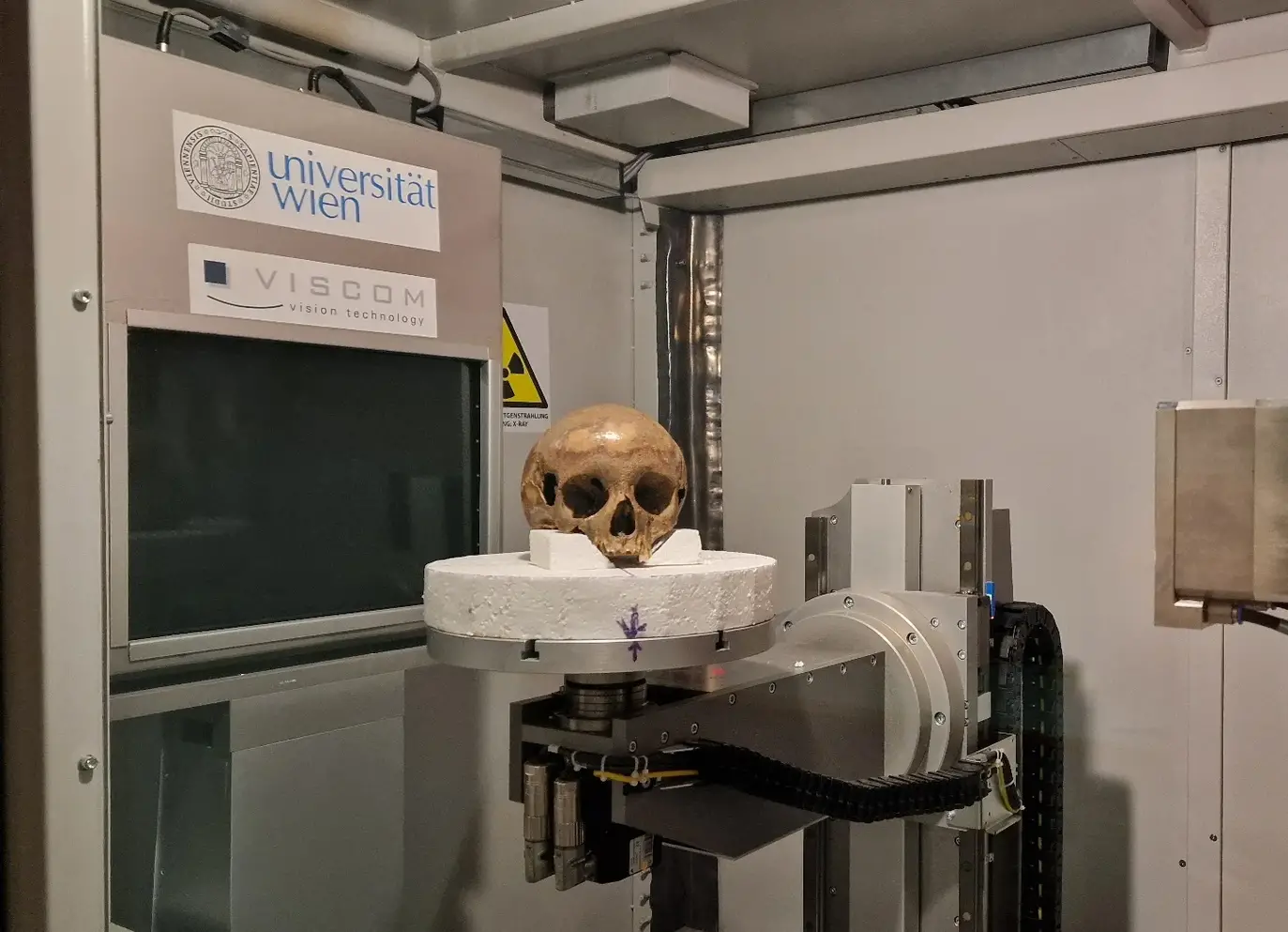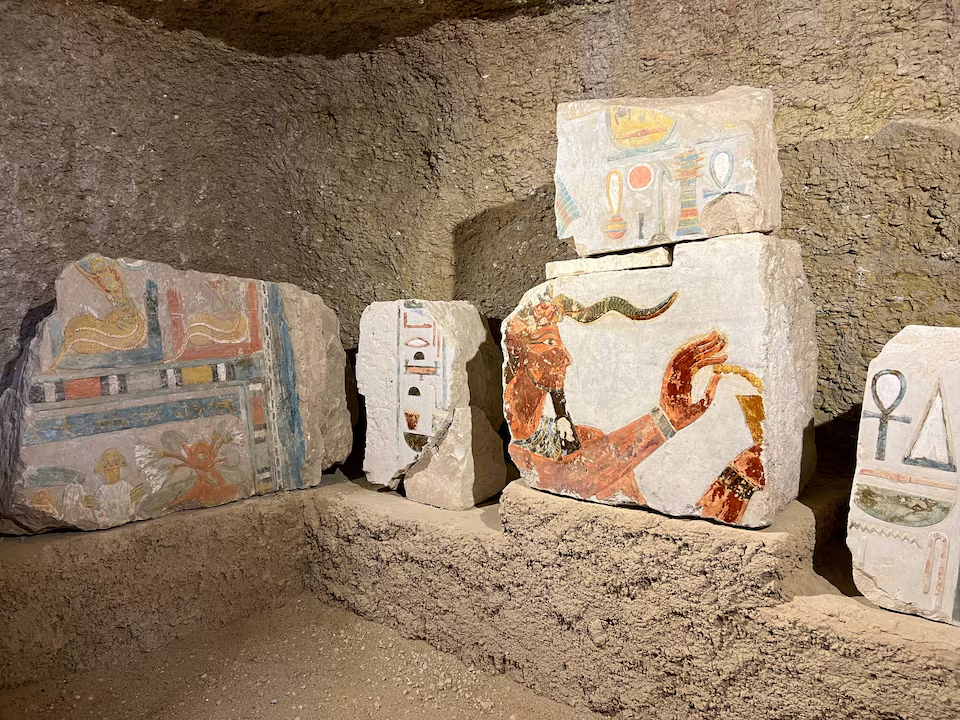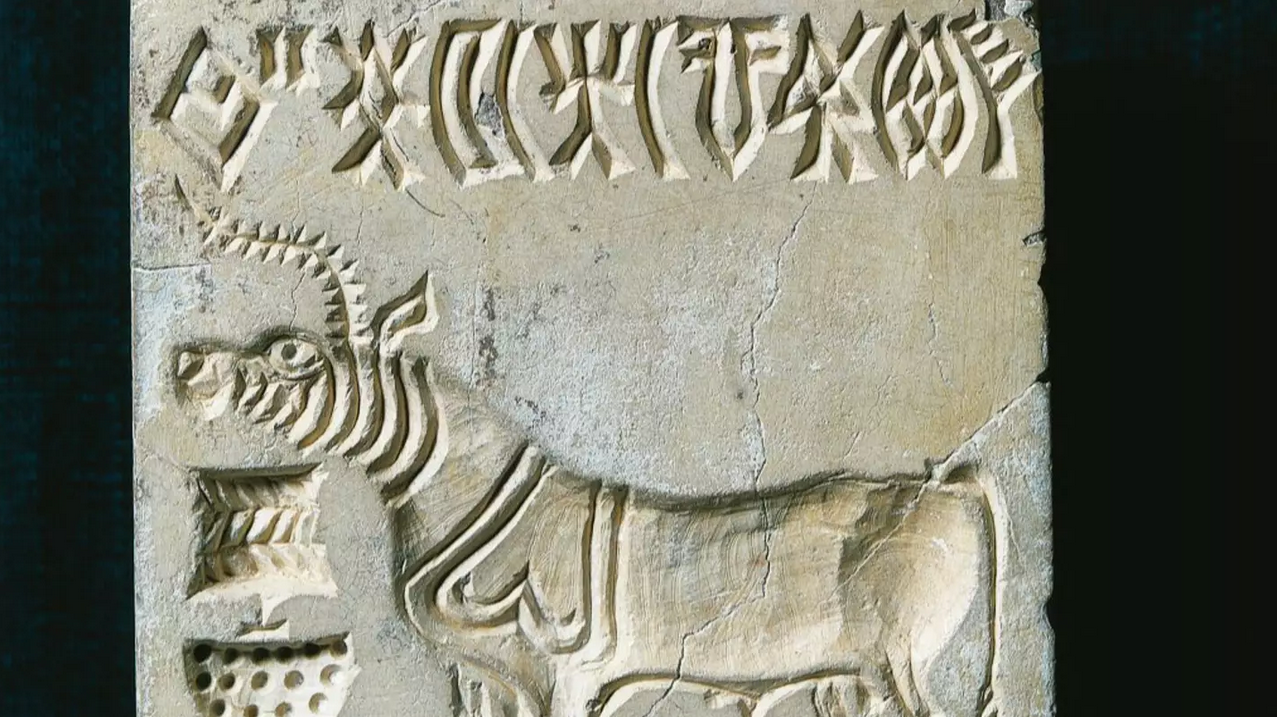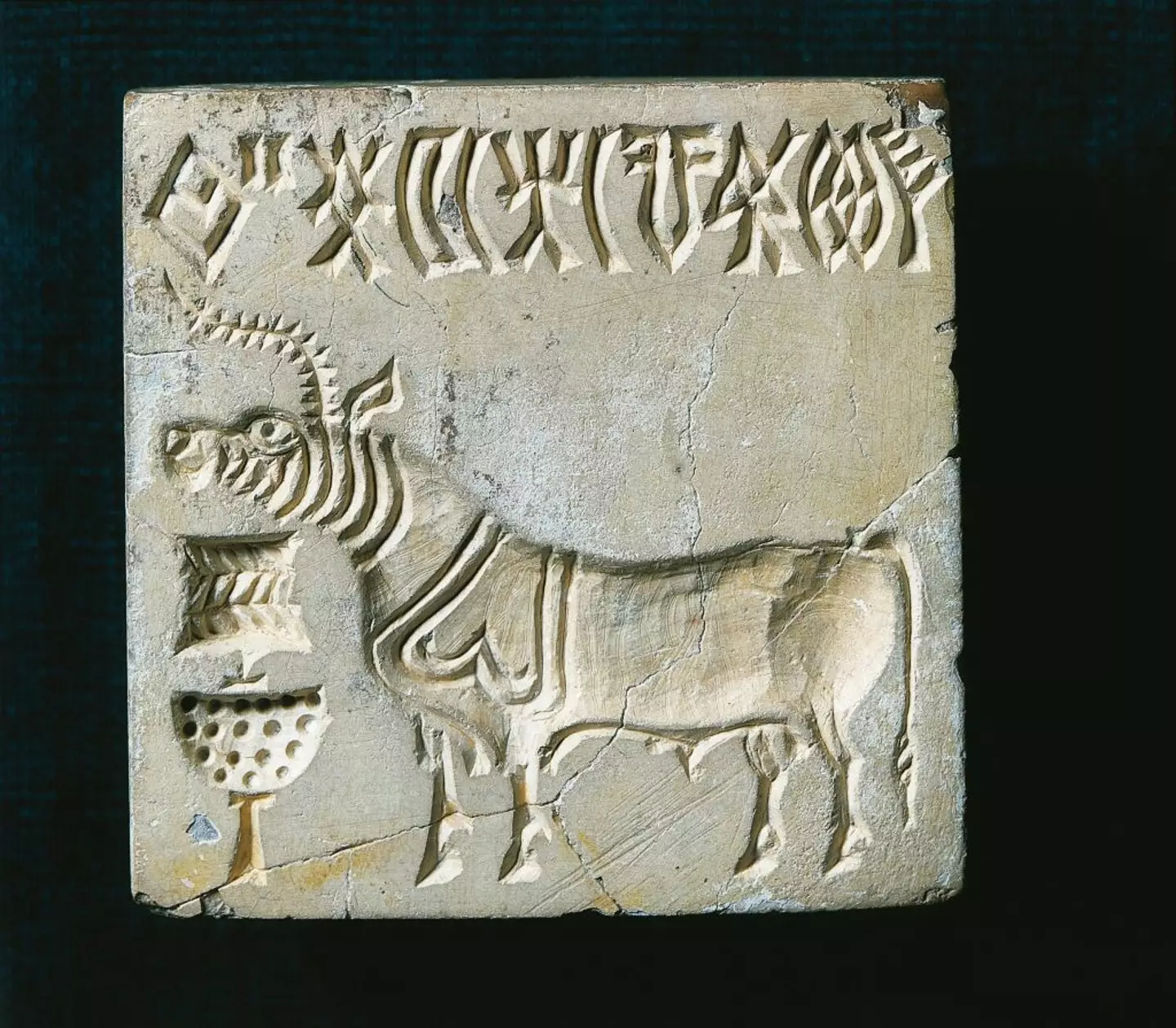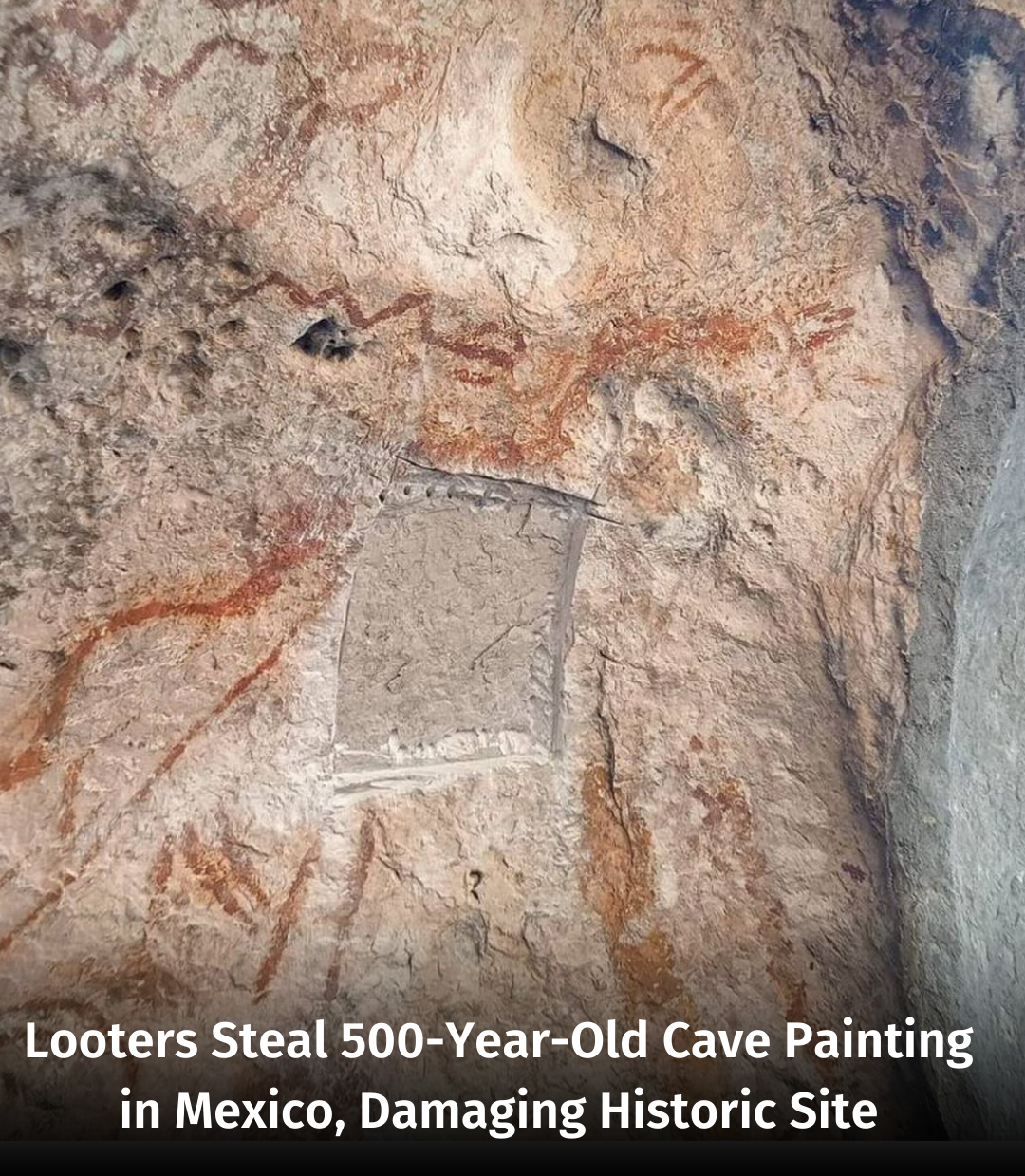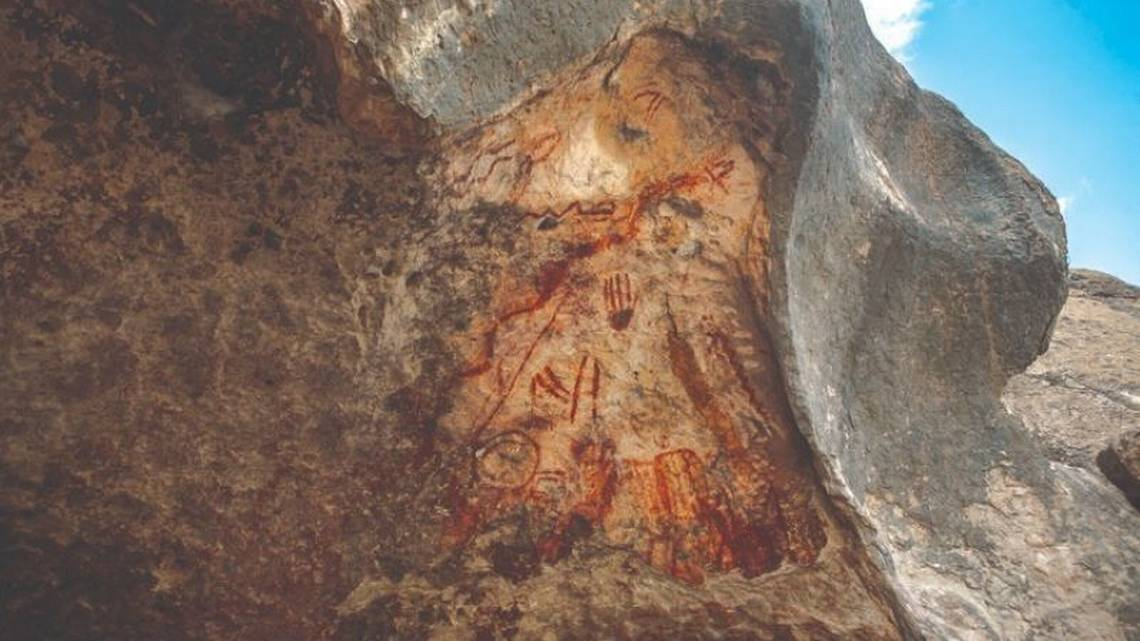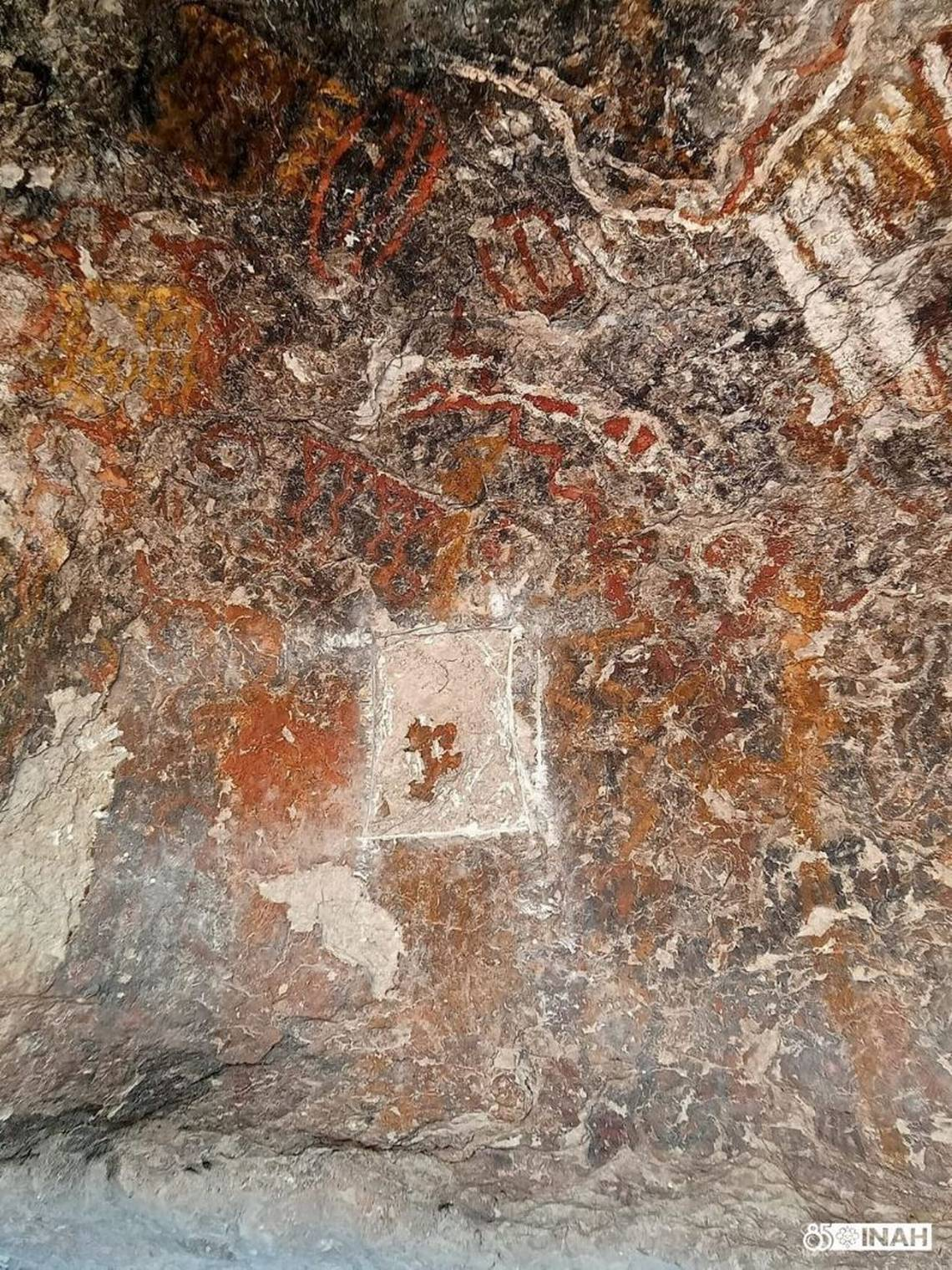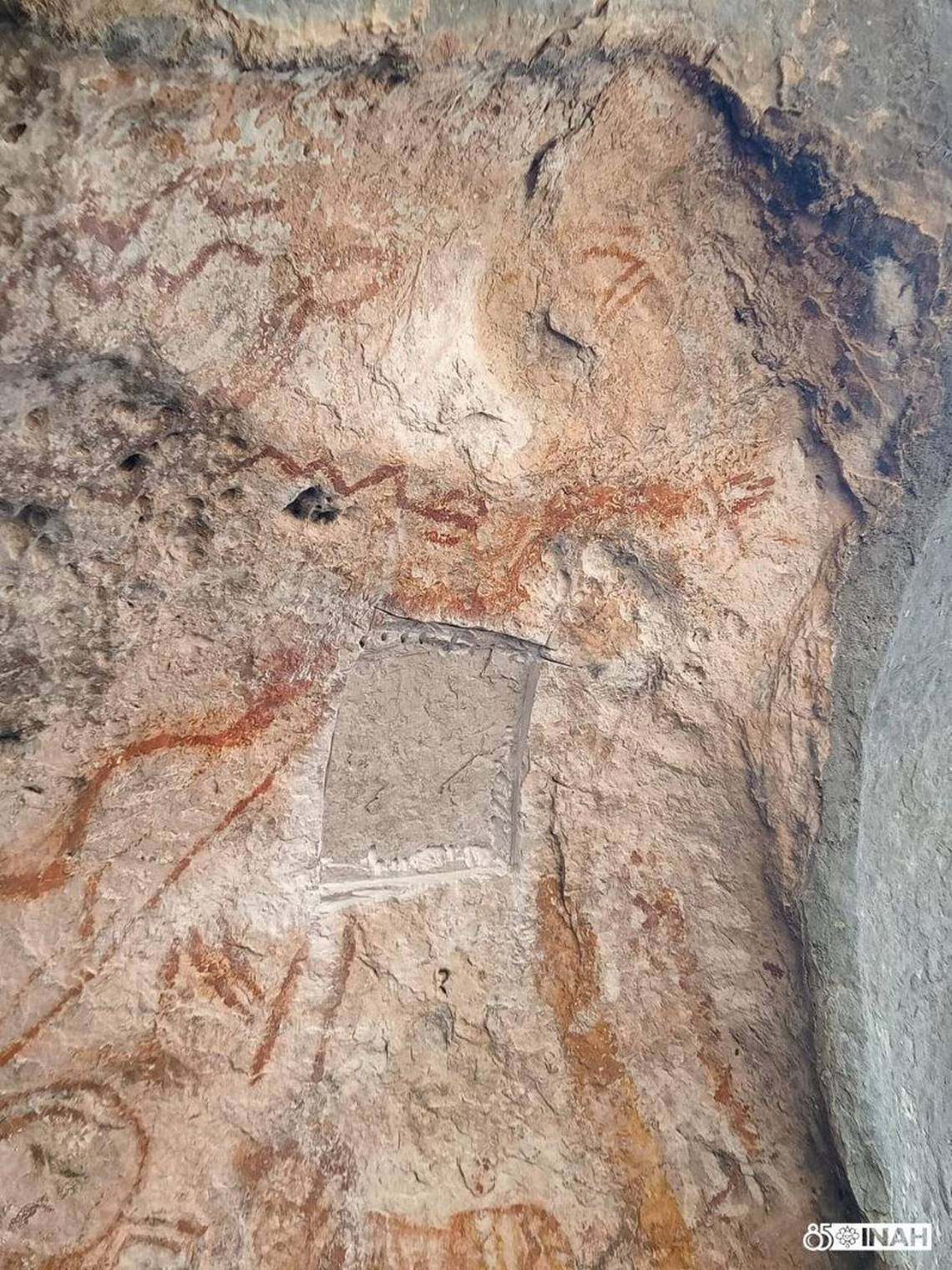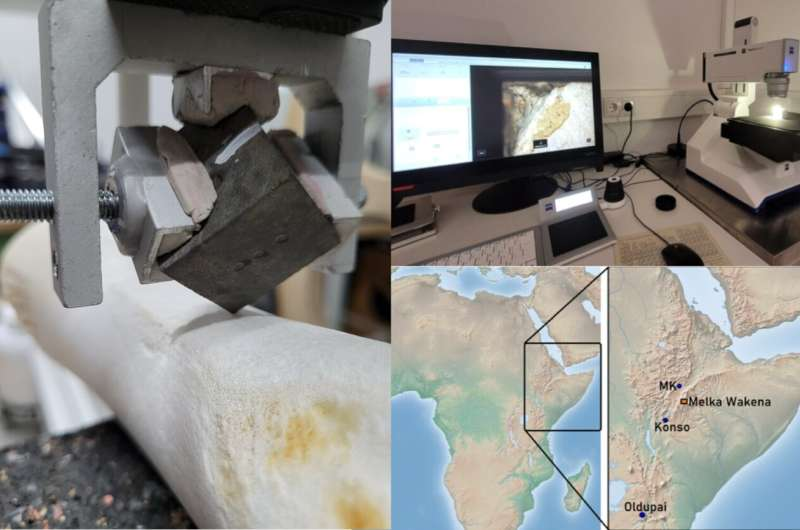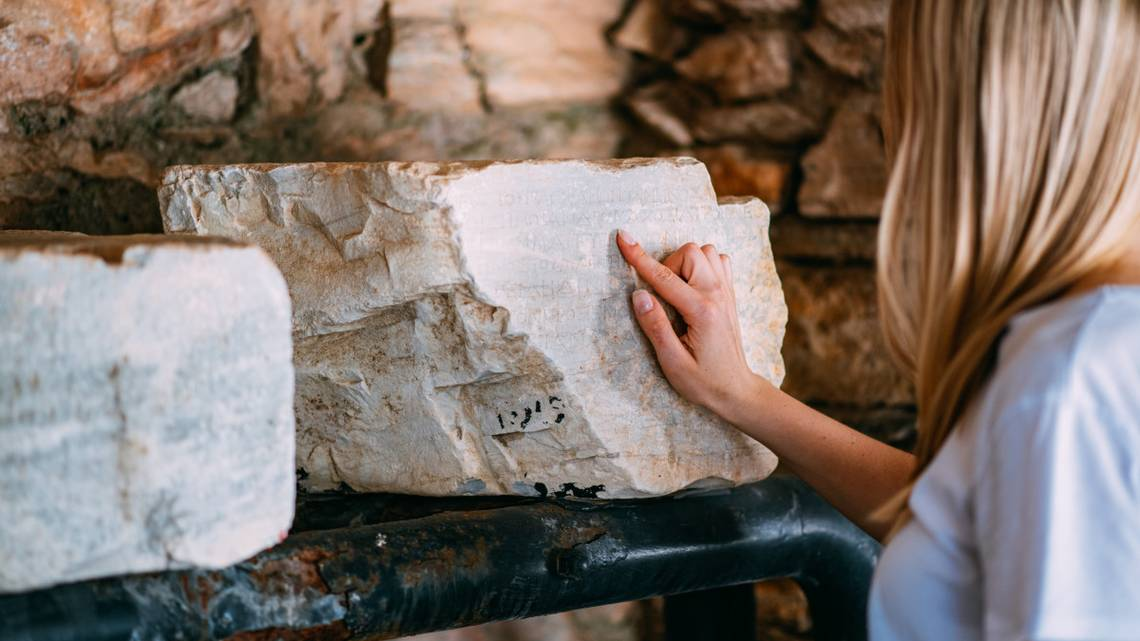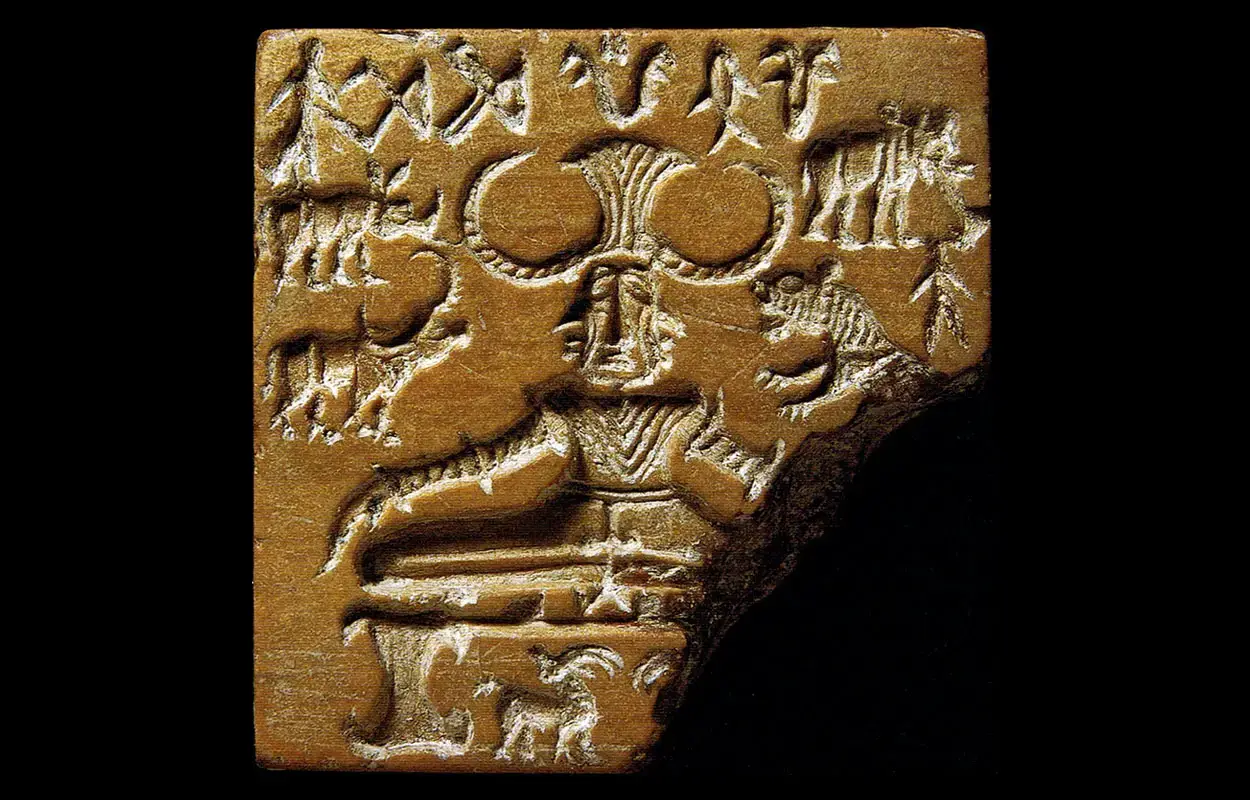A fascinating underground city has been uncovered beneath five ancient homes in Abarkuh, a historic town located in Yazd province, central Iran. This discovery provides valuable insights into the town’s rich past and advanced engineering.
Abarkuh: A Historic Gem in Central Iran
Abarkuh, situated about 140 kilometers southwest of Yazd, lies at the crossroads of three significant cities—Shiraz, Yazd, and Isfahan. This “golden triangle” has made Abarkuh an essential settlement throughout history, playing a vital role in the region’s cultural and economic development.
Ongoing Discoveries and Investigations
The discovery of this underground city is part of ongoing research in Abarkuh, with experts continuing to explore the possibility of more hidden structures within the town’s ancient fabric. Among the recent finds is a newly discovered stone waterway, which highlights the innovative water management systems of the past.
These underground structures provide a fascinating glimpse into ancient construction methods, water management, and the daily lives of the town’s residents. They also underscore the importance of preserving Abarkuh’s historical heritage.
Design and Functionality of the Underground City
Hossein Hatami, the governor of Abarkuh, shared details about the discovery, emphasizing that the underground city was likely designed for practical purposes—easy access, security, water distribution, and daily living. Historical aerial photographs and ongoing research show that the town’s residents built their homes and key structures on rocky foundations, with spaces between these rocks turned into gardens and pathways for practical use.
Hatami pointed out that the small stone chambers found beneath the rocky foundations of these historic homes served specific functions in the past, such as water management and daily activities, which has led to the discovery of an underground settlement.
The Role of Waterways in Abarkuh
One of the key finds is a beautifully crafted stone aqueduct, believed to have been integral to the town’s water supply system. Hatami noted that the stone materials used in the aqueduct resemble those found in Qajar-era buildings in the region. The Qajar dynasty, which rose to prominence in the late 18th century, influenced much of the region’s architecture and infrastructure.
Hatami explained that the ancient residents of Abarkuh created pathways and steps within their homes to facilitate access to these underground water routes, which were part of the traditional qanat system—an ancient method of transferring water. These water corridors not only helped manage water flow but also served as cooling systems, creating a comfortable environment during the hot summer months. Over time, larger chambers with alcoves were added, likely providing rest areas or even summer residences for the town’s people.
Hidden Refuge During Times of Crisis
Another intriguing aspect of the underground complex is its potential role as a refuge during times of war or foreign invasions. The underground tunnels and chambers could have provided safety for the residents when the town was under threat.
Current Excavation Challenges
Hatami also shared that about 60 hectares of the town’s 170-hectare historical area are dedicated to these underground channels. However, modern construction and the drying up of some qanats have complicated efforts to fully uncover these tunnels. Despite these challenges, archaeologists continue their work, uncovering a wealth of knowledge about Abarkuh’s past.
To date, more than 400 historical sites have been identified in Abarkuh, with 147 officially recognized as national heritage sites, including both immovable and intangible cultural heritage.
A Rich Heritage
The discovery of the underground city adds another layer to Abarkuh’s already impressive heritage. Known for its ancient structures and landmarks, including the 4,000-year-old cypress tree, Abarkuh has become an even more important cultural treasure in Iran. The ongoing research into this underground city provides invaluable insights into the ingenuity and resilience of the people who once lived there.
Abarkuh’s historical significance continues to grow, offering an enriched understanding of Iran’s cultural and architectural legacy.
By Leman Altuntaş
January 26, 2025

